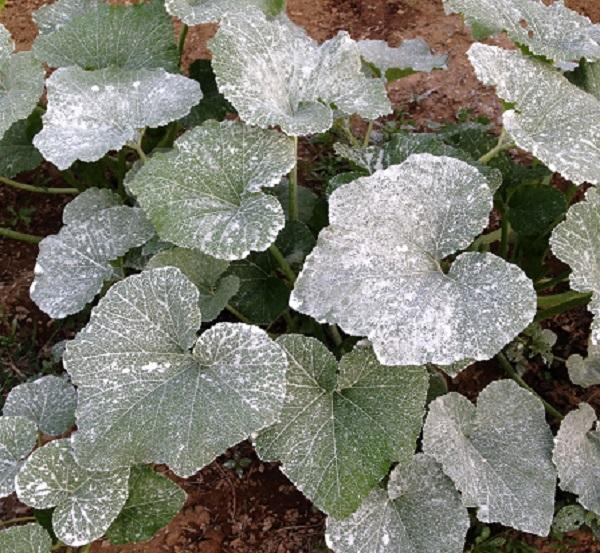Appearance
- There are many species of flea beetles, which are a distinctive subfamily of leaf beetles.
- Eggs: Minute, white, laid in the soil.
- Larvae: Tiny white grubs.
- Adults: Shiny black or brown, some with white or yellow stripes, 1/10" oval-shaped beetles that jump when disturbed.
- Pale-striped flea beetle is twice the size of others.
Life cycle/habits
- Adults overwinter in plant debris.
- One of the earliest emerging insects, the adults emerge in late April to early May, mate, and lay eggs in soil.
- The larvae of many species feed below the soil on plant roots, while larvae of other species and all adults chew tiny holes in leaves, creating a shot-hole effect.
- Adults jump away when disturbed, much like fleas.
- Populations are high after mild winters.
- Prefer hot, dry spring weather.
- One or two generations a year.
Host plants
- Eggplant, corn, and cabbage family (i.e. cabbage, broccoli, and cauliflower) are very susceptible.
- Flea beetles also feed on tomato, potato, pepper, beet, spinach, turnip, radish, plus almost every other vegetable to some degree.
Signs/symptoms
- Adult feeding riddles leaves with small feeding holes that create a shot-hole effect.
- Tender seedlings may be particularly targeted.
- When foliage is disturbed, tiny beetles jump off in all directions.
- Larvae feeding on roots can lower yields. Larval feeding on sweet potato skins and shallow tunneling on tubers can ruin sweet potatoes.
- Adults can transmit viral or bacterial diseases.

Monitoring
- Watch for the characteristic shot-hole feeding pattern on leaves, particularly on the more susceptible young seedlings.
- This pest will ravage eggplant.
- Tiny black jumping beetles are easily noted.
Prevention/control
- Clean up and remove garden debris to reduce overwintering sites for the beetles.
- Try covering vulnerable plants with a row cover, being sure to secure the material to the ground. For eggplant, drape the row cover over hoops - don't let the material lay directly on plants.
- Spray a product like "Surround", which are repellents made from kaolin clay mixed with water. They create a particle barrier after drying that inhibits flea beetles and greatly reduces feeding. They must be re-applied after a rainfall.
- For severe infestations spray your plants with an "organic" insecticide- pyrethrum, neem, or spinosad. You can also dust plants with diatomaceous earth.
- Lightly tilling garden soil in spring or fall may also help reduce flea beetle populations.



